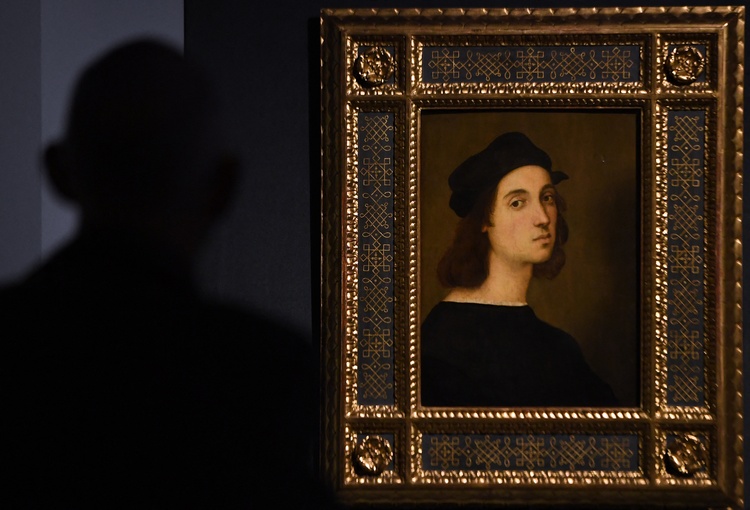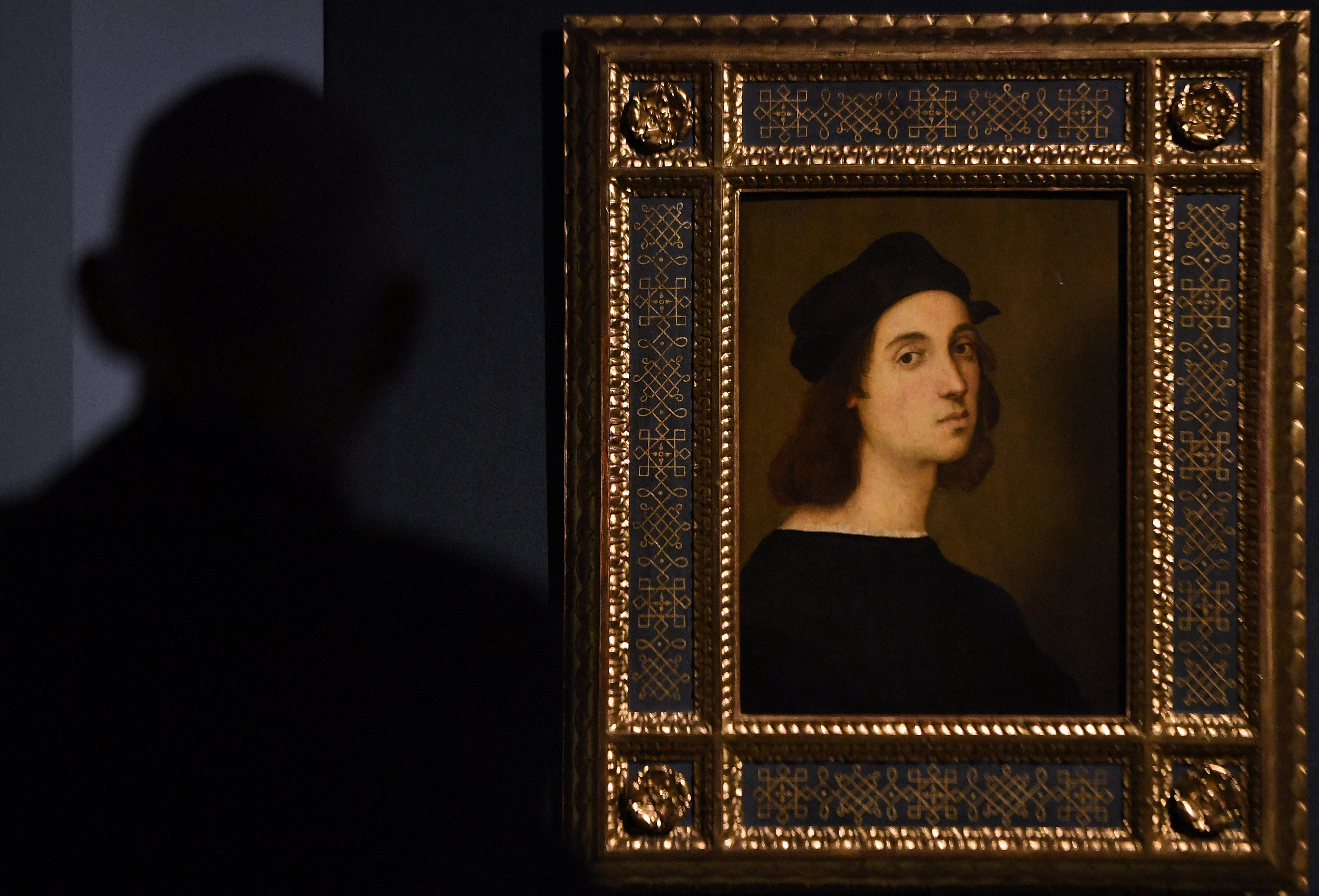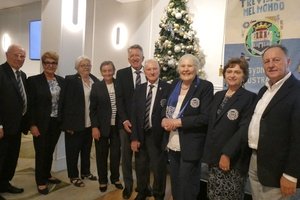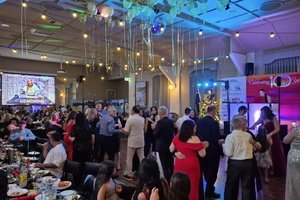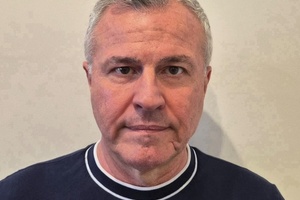Born Raffaello Sanzio, the iconic artist is one of the masters of the Renaissance style in Italy.
He died on his 37th birthday, on April 6, 1520.
Not only was he an accomplished painter and architect, he was also known for his good looks, popularity with the ladies and his courtly manners, which he most likely acquired at the ducal palace of Urbino, where his father was a court painter.
Few artists have been as widely admired as Raphael and his masterpieces have influenced generations of artists after him.
His work is celebrated as the pinnacle of Italian Renaissance art along with that of his contemporaries, Leonardo da Vinci and Michelangelo Buonarroti.
Raphael was already famous during his short lifetime for his portraits, his idyllic Madonnas, and his fresco cycles in the papal palace.
The creative genius was born in the walled city of Urbino, in the central Marche region, where his father, Giovanni Santi, was an accomplished local artist working in the service of the Duke Federico de Montefeltro.
Raphael’s mother died in childbirth when he was eight, and his father’s subsequent death left Raphael an orphan at 11.
Raphael was raised by his uncles and took over his father’s workshop at a young age.
He studied under the artist Perugino and in a few short years, Raphael earned a place in the ducal palace himself.
It wasn’t long before Raphael desired to make a name for himself in the mecca of Renaissance art: Florence.
Raphael arrived in Florence in 1504 with a letter of introduction and some experience under his belt.
But competition in the Tuscan city was fierce.
At the time, Michelangelo Buonarotti had just unveiled his groundbreaking David to the Florentine public and Leonardo da Vinci was just completing the Mona Lisa.
Thanks to his connections, likeability and talent, Raphael managed to work his way into the good graces of several of the city’s important families.
He painted several commissioned portraits and also began a series of at least 17 idealised Madonnas.
Drawn to Rome in 1509, Raphael soon found himself working for Pope Julius II.
He painted a series of frescoed walls in the papal palace, including the so-called Triumph of Religion and the School of Athens in the Stanza della Segnatura, between 1509 and 1511.
The pope made Raphael the Vatican’s chief architect after the death of Donato Bramante in 1514.
Raphael spent the last decade of his life in Rome and it was there that he contracted an unknown illness that took his life.
News of Raphael’s death spread quickly across the courts of Italy and he was widely mourned.
Raphael was given an elaborate funeral and today, his tomb remains inside Rome’s Pantheon.
Five-hundred years later, the world has come together to honour Raphael in all his glory, with exhibitions and special events being organised in many countries.
An exhibition at the Scuderie del Quirinale in Rome, scheduled to run from March 5 to June 2, was set to be the biggest ever dedicated to artist.
With the help of the Uffizi gallery in Florence, more than 200 works were set to be on display, including an early self-portrait, painted by Raphael when he was in his early 20s, along with the two portraits of Agnolo Doni and his wife Maddalena, and the Madonna of the Goldfinch.
Unfortunately, the major exhibition is currently closed due to the coronavirus pandemic and it’s unclear whether it will reopen in the future.
But you can still rediscover the masterpieces of the famous artist online, with a virtual museum that showcases over 100 of his works.
You can browse by country and then select the museums or individual paintings that interest you most.
The virtual museum allows you to find the most famous masterpieces and some lesser-known gems from the likes of the Vatican Museums, the Louvre, the Uffizi gallery, the Prado, Villa Borghese and the Hermitage Museum.
From serene Madonnas to powerful biblical scenes, find your favourite Raphael masterpiece from the comfort of your own home.
Little ones can also celebrate Raphael, as a whole section was dedicated to the Renaissance master in the latest edition of In Classe, published in Il Globo and La Fiamma on Thursday, March 26.
Kids can create a lapbook and complete activities dedicated to the artist, while there is an entire page about Raphael and his work for older students of Italian.
All of these options are the perfect way to pass the time while celebrating the master that is Raphael!

